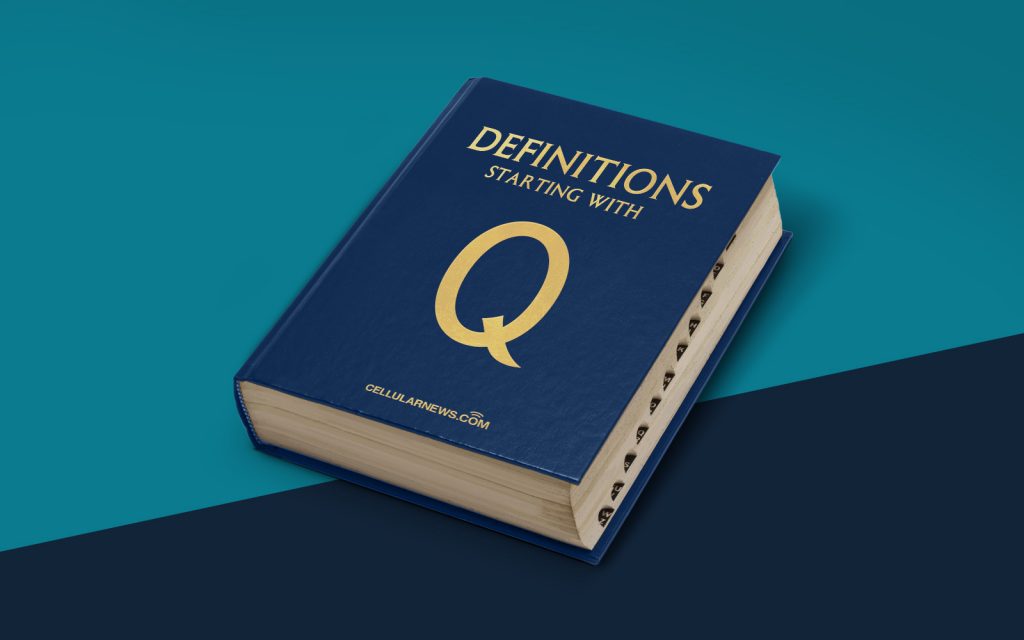
What is a QWERTY Keyboard?
Welcome to our “Definitions” category, where we unravel the mysteries behind commonly used terms and concepts! Today, we’re diving into the world of QWERTY keyboards. So, what exactly is a QWERTY keyboard? Let’s find out!
A QWERTY keyboard is the most widely used keyboard layout for English-language typewriters and computers. The name “QWERTY” derives from the first six letters on the top row of keys on the keyboard.
Key Takeaways
- Efficiency: The QWERTY keyboard layout was designed to minimize jams in early typewriters by placing frequently used letters apart from each other, promoting a more balanced usage of keys.
- Familiarity: QWERTY keyboards have become the standard layout and are ingrained in our daily lives. The majority of devices, including smartphones and tablets, utilize this layout.
The Origins
The QWERTY keyboard was invented in the early 1870s by Christopher Latham Sholes, who is often referred to as the “Father of the Typewriter.” Sholes, along with his associates Carlos Glidden and Samuel W. Soulé, aimed to develop a keyboard that would prevent jamming issues commonly experienced with early typewriters.
Through careful analysis of letter frequency in the English language, Sholes devised the layout that would ultimately become QWERTY. The goal was to position commonly used letters farther apart, reducing the likelihood of adjacent typebars getting tangled up during typing. In essence, this layout was designed to enhance efficiency and improve typing speed.
The Layout
The QWERTY keyboard layout is characterized by its distinctive arrangement of letters, numbers, and special characters. The top row of keys, beginning from the left, spells out QWERTY, hence the name.
Here are a few key features of the QWERTY keyboard layout:
- Familiar arrangement: The letters are organized in a way that mirrors the layout found on traditional typewriters. This arrangement allows for an easy transition from manual typewriters to computer keyboards.
- Alphabet placement: The letters are positioned to facilitate quick access, with commonly used ones placed on the middle row, such as “A,” “S,” “D,” “F,” and so on.
- Modifier keys: The QWERTY layout includes important modifier keys like Shift, Control, and Alt, which are used to access additional functions and control the input.
The Legacy
Despite the emergence of alternative keyboard layouts, such as Dvorak and Colemak, the QWERTY keyboard remains the dominant standard in the English-speaking world. Its widespread adoption and familiarity have solidified its place as the default keyboard layout for most devices and operating systems.
Take a look at your computer or smartphone keyboard, and chances are you’ll find the familiar QWERTY arrangement. So, regardless of whether you’re a professional typist, an avid gamer, or simply someone who enjoys communicating through the written word, the QWERTY keyboard is an integral part of our modern lives.
Key Takeaways
- Efficiency: The QWERTY keyboard layout was designed to minimize jams in early typewriters by placing frequently used letters apart from each other, promoting a more balanced usage of keys.
- Familiarity: QWERTY keyboards have become the standard layout and are ingrained in our daily lives. The majority of devices, including smartphones and tablets, utilize this layout.
We hope this blog post helped unravel the mystery behind QWERTY keyboards and shed some light on their significance in our lives. Stay tuned for more insights in our “Definitions” category!
